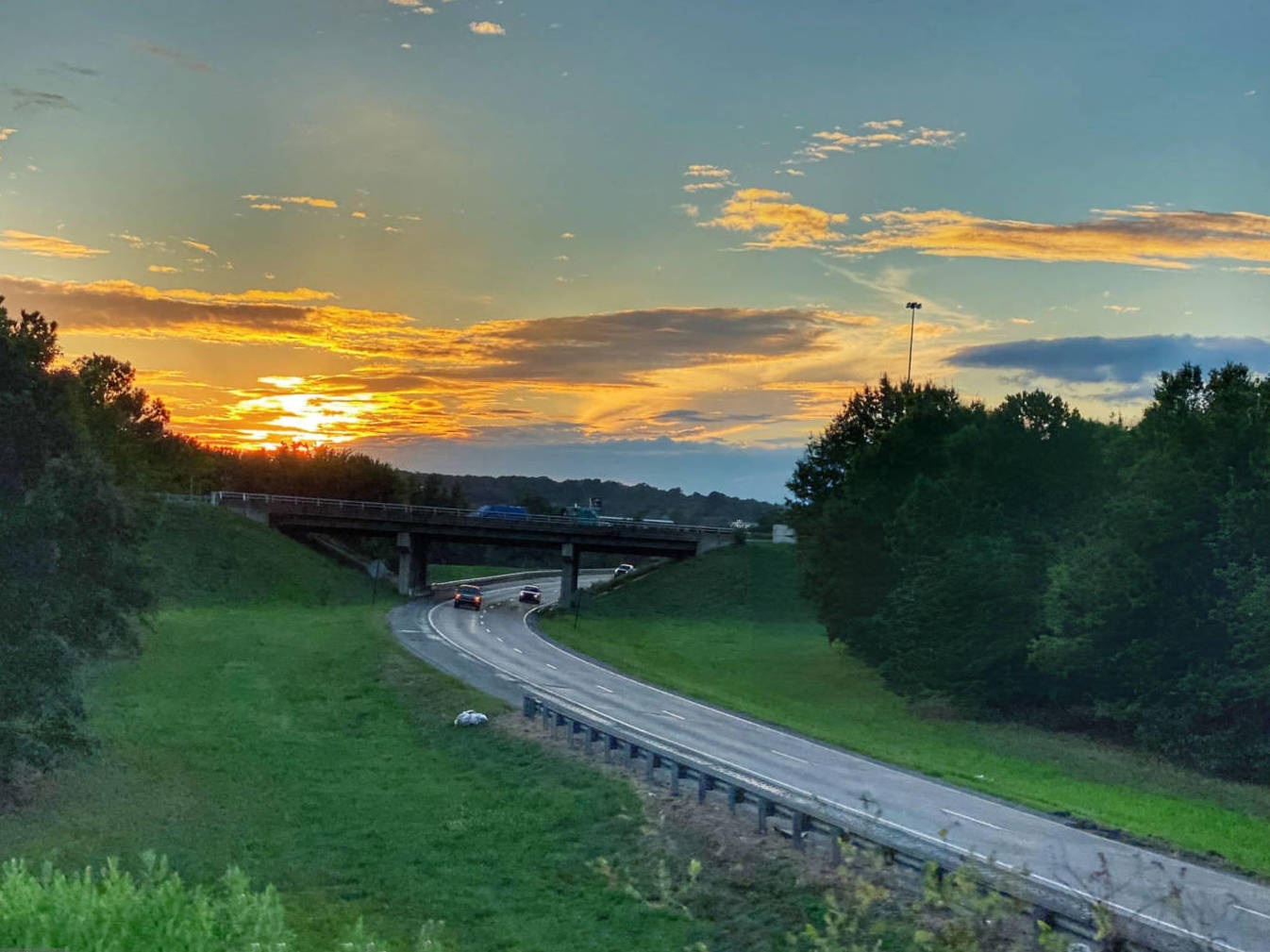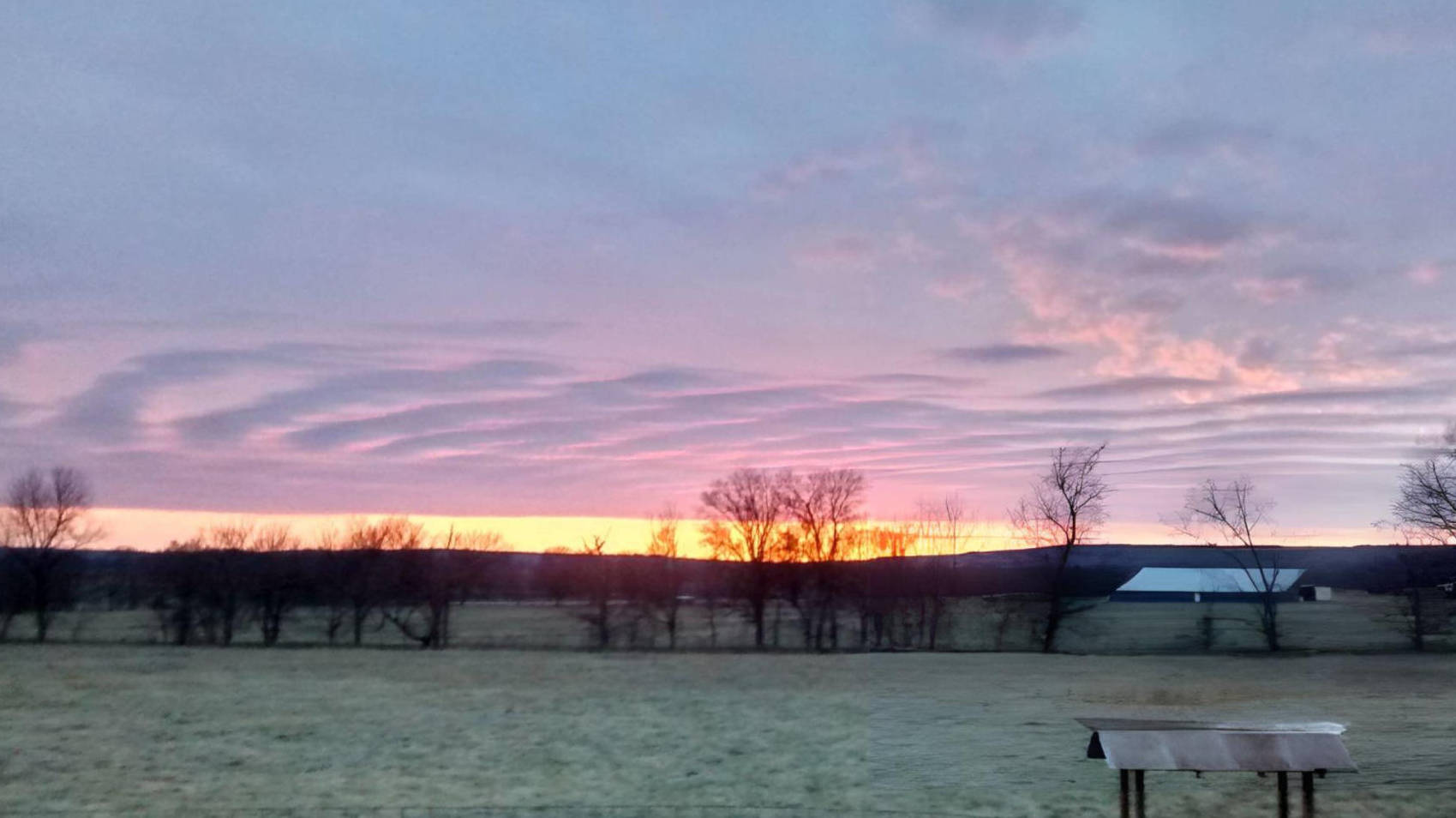Introduction
Looking into the history of sundown towns in Arkansas unveils an unsettling aspect of the state’s past.
The Black population after the Civil War in Arkansas had finally gained their freedom and the right to vote. However, they soon faced new challenges.
Jim Crow laws that rose in popularity across southern states during 1890s led to a period of segregation and discrimination. It would last for decades. It made it difficult for Black farmers that were attempting to work on their own small plots of land or Black people just even working as sharecroppers on white-owned farms.
As economic opportunities dwindled, many migrated from rural areas. They chose nearby cities like Little Rock and Memphis – which were also known for being racially hostile environments.
While the Civil Rights Movement helped inspire change across America (and within Arkansas), disparities still exist today.
11 Sundown Towns In Arkansas
Arkanas has a troubled racial history. There are numerous sundown towns in Arkansas explicitly or implicitly forbidding African Americans from living within their borders.
The ways they accomplished this varied. Some places used threats and violence to drive Black people away. Oothers passed ordinances (or simply had unwritten rules) that prevented them from owning land or working certain jobs.
This was an issue all over the country but particularly in Arkansas. There was little official protection for Black residents and even less enforcement of any rights they did have.
Bonanza, Arkansas
In the early 1900s, the coal mining town of Bonanza, Arkansas was the site of a brutal racial conflict.
Tensions had been building for some time between the white and Black residents of the small community. The town’s economy was heavily dependent on the Central Coal and Coke company, which employed both white and Black workers. However, racial prejudices ran deep. There were clear divides in terms of the jobs and living conditions afforded to each group.
In April 1904, an altercation broke out between Black and white patrons at a local saloon. As a result, a full-scale riot erupted across the town. Eyewitness accounts describe an intense exchange of gunfire, with as many as 500 shots being fired throughout the night.
In the aftermath, the local newspaper reported that “nearly all African Americans had left the city.”
By 1930, the census showed that the town had become an all-white. As of the 2000 census, there were 514 people (96% of them being white).
That makes this a clear indication that Bonanza was certainly a sundown town in Arkansas.
Sundown Towns in Arkansas: Boone County (0.26% Black Population)

Sharing a border with Missouri, Boone County holds a population of 37,373 with 90% of residents being white and 0.26% Black.
Established from parts of Carroll County, Boone County’s history is marred by violent efforts to establish itself as a predominantly white area.
In 1905 and again in 1909, race riots broke out with the aim of driving out Black residents and eventually became a sundown town where Blacks were actively discouraged from living. This exclusionary attitude persisted well into the 1920s.
Would you believe that traces of these racial tensions are still visible today? It’s most notably through Boone County’s unfortunate distinction as a center for white supremacist groups, including the presence of the national headquarters of the Knights of the Ku Klux Klan once being in the town of Zinc.
And if that wasn’t enough, in 2017, Boone County Judge Robert Hathaway signed proclamations recognizing June as Confederate Heritage and History Month. They also issued a similar proclamation for April 2019.
Not exactly in Juneteenth spirit, huh?
So yes, Boon County is still considered a sundown town in Arkansas, even today.
Sundown Towns in Arkansas: Clay County (0.27% Black Population)

Clay County, located in northeastern Arkansas, was originally named Clayton County. As of the 2020 census, it had a population of 14,552, with a its residents being 93% white and 0.27% Black. This county is also recognized as a dry county, where the sale of alcoholic beverages is heavily regulated or outright banned.
Historically in the early 20th century, along with neighboring Greene and Craighead counties, Clay County implemented sundown town policies that barred African Americans from residing within its limits.
Towns like Greenway, Piggott, and St. Francis (just to name a few) have had reputations for being unwelcoming to Black residents. A telling quote notes that “Clay County to the north is a real case [of racial cleansing]… the last and only black died in about 1950. To this day it is a very racist county.”
Craighead County, Arkansas
Craighead County recorded a population of 111,231 in the 2020 census, with a racial composition of 71% white and 16% Black. The county is known for its restriction on the sale of alcoholic and its troubling historical connection with nearby Clay and Greene counties.
Together, the three counties enforced sundown town policies in the early 20th century, explicitly prohibiting African Americans from living within their borders.
Greene County, Arkansas
Greene County was established in 1833 from parts of Lawrence County and now neighboring Clay and Craighead counties. It has a population of around 45,736, with 88% identifying as white and 2% as Black.
Much like Clay and Craighead, Greene County is a sundown town in Arkansas. It has a long history of policies that discouraged Black residency.
And like other areas, this one is home to several towns that are currently less-than-friendly when it comes to Black people.
In the town of Paragould, a traveling woman asked about why the town remained entirely white. She was told, “oh, we have a committee that takes care of that.”
When told the woman’s story, a Paragould hotel owner said, “They don’t need a committee. If Black people come in, they will find that they’re not welcome here.”
Sundown Towns in Arkansas: Harrison – HQ to the Klu Klux Klan (0.41% Black Population)
Harrison, Arkansas, the county seat of Boone County, has a population of 13,069 according to the 2020 census, with 88% identified as white and only 0.41% as Black.
Known historically for two race riots in the early 20th century, Harrison has often been dubbed “the most racist town in the United States“. It has a long association with white supremacist groups, (including the Ku Klux Klan) which established its national headquarters here.
It’s a reputation that many local residents want to move away from.
Efforts to increase inclusivity include the establishment of a diversity task force by Mayor Crocket. The mayor even hosted a youth nonviolence summit in partnership with the Arkansas Martin Luther King Jr. Commission in April 2014. It was an attempt to educate children from across the state about the civil rights movement and the struggle for racial equality.
Despite these initiatives, figures like Pastor Tom Robb, national director of the Knights (formerly known as “Grand Wizard”) of the Ku Klux Klan express concerns that such efforts might lead to “white genocide.”
Furthermore, Robb controversially quotes Martin Luther King Jr.’s words “We should judge people not by the color of their skin but by the character of their heart,” to argue against what he perceives as poor character in predominantly Black communities.
So while many residents hope to no longer be associated with one of the more well-known sundown towns in Arkansas, it still has many issues it can’t move past.
The Klans presence is considered to be an embarrassment to the majority of the community – as it should.
Hickory Ridge, Arkansas
Hickory Ridge, Arkansas, with a 2020 population of 228 and 99.5% white, historically expelled its Black residents around 1910 through violent means, including dynamiting the Black section of town. Additionally, the city then adopted unwritten sundown town policies which allowed it to maintain its entirely white demographic through exclusion.
Horatio, Arkansas
Horatio, Arkansas, founded in 1895 and home to 920 residents as of 2020. It was a sundown town in Arkansas until at least 1905, explicitly prohibiting African Americans from living there.
Today, its population is 53% White, 34% Hispanic, and 2% Black.
Jonesboro, Arkansas
As of 2022, Jonesboro is the fifth-most populous city in Arkansas with an estimated population of 79,876,. The broader Jonesboro metropolitan and Jonesboro-Paragould Combined Statistical Area populations stood at 134,196 and 179,932, respectively.
The city has a demographic breakdown of 71% White and 21% Black.
Jonesboro has a history of racial violence, including the 1881 lynching of four Black men—Green Harris, Giles Peck, John Woods, and Burt Hoskins—following a trial at New Haven Church. The men were accused of murdering a young woman and were hanged by a mob of 200-300 masked individuals.
Another incident occurred in 1920 when Wade Thomas was lynched by a large mob. He allegedly shot a police officer during a raid.
Sundown Towns in Arkansas: Mena (0.25% Black Population)
Between 1896 and 1898, there were concerted efforts to intimidate Black settlers in Mena, Arkansas, pushing them to leave. In 1901, a tragic event unfolded when a Black man, accused of kicking a white girl, was forcibly taken from jail, beaten, and hanged. A reward was offered by local citizens for the capture of the culprits, but no arrests were made.
By the mid-1920s, Mena was publicly advertised as having no Black residents. The Mena Star, their local newspaper, even boasted that the city was “100 percent White.” By 1937, there were no Blacks residents in Mena.
Today, the city’s population is roughly 5,589, with 84% White and only 0.25% (14) Black residents.
According to many accounts, if you “ask a Black person over 50, they know not to go to Mena.”
Rogers, Arkansas

Rogers, located in Benton County, Arkansas, recorded a population of 69,908 in the 2020 US Census, with 57% identifying as white and 1.5% as Black.
An account from Roy Reed, a journalist who grew up in nearby Hot Springs and later wrote for the New York Times, talks about the city’s past racial practices. Reed recalls a Black man known as “Bob” who, despite his age and athletic build, was employed to monitor the train station. Bob’s duty was to make sure that no Black passengers disembarked there. His job also initially involved persuading Black travelers to remain on the train, escalating to physical enforcement if they did not comply.
And there are many more accounts of racial injustice in Roger.
Many More Sundown Towns In Arkansas Exist
While many sundown towns in Arkansas no longer exist, their history of exclusion and prejudice continues to influence the state.
According to the Arkansas Sundown Town Database maintained by Tougaloo, approximately 95 towns across the state were identified as Sundown Towns at various points in history. And 95 is not an insignificant number. It’s a widespread phenomenon that shows a deep-rooted issue that continues to influence the social dynamics and community relationships within Arkansas.
So Now What? 3 Actions You Can Take
So, what can you do with this information? First off, history is our power, and identifying sundown towns and their legacy is the beginning. Here are three tangible steps to enhance safety and inclusivity, making destinations more welcoming for Black travelers.
- Use our Black Travel Safety (BTS) Road Trip Planner Tool: If you want to feel safer as a Black traveler in the USA, our Road Trip Planner tool is designed around legacy sundown towns and how welcoming destinations are to Black travelers specifically. You can now plan routes and avoid these areas. Also, you can see Traveling While Black scores for different destinations around the world!
- Share Your Experiences: If you are a Black traveler and have visited any of the cities listed above or other legacy sundown towns, please share your experiences on our Black Travel Review site or submit them via Google form. Your first-hand reviews will enhance the safety and awareness for other Black travelers.
- Join Our Community: Whether you are a Black traveler or an ally, become a premium member of our community. By doing so, you contribute to our efforts in making travel safer for Black travelers. Your support helps us continue documenting legacy sundown towns and developing technology to improve the Black travel experience.
Sources
- https://justice.tougaloo.edu/location/arkansas/
- https://encyclopediaofarkansas.net/entries/sundown-towns-3658/
- https://encyclopediaofarkansas.net/entries/boone-county-749/
- https://encyclopediaofarkansas.net/entries/clay-county-755/
- https://encyclopediaofarkansas.net/entries/polk-county-800/
- https://web.archive.org/web/20190424031054/
- https://harrisondaily.com/people/confederate-history-month/article_abe6aeb0-6612-11e9-8ecb-c78b85e77bab.html
- https://www.vice.com/en/article/xd5yew/the-kkk-embraces-diversity-in-harrison-arkansas

